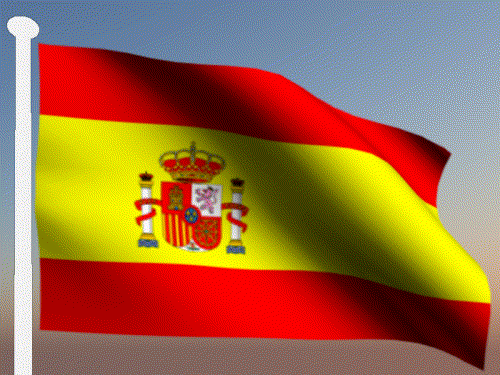
|
Madrid,
Spain Our final stop is Madrid, Spain and it's glorious past and exquisite buildings. The beauty of its buildings old and new is something to marvel at. However, like most countries you have to get use to the taste of its food. We were impressed with the Hotels and apartment complexes as well as the many sidewalk eateries. Madrid is the capital and largest city of Spain. The population of the city is roughly 3.3 million and the entire population of the Madrid metropolitan area is calculated to be 6.3 million. It is the third largest city in the European Union, after London and Berlin, and its metropolitan area is the third largest in the European Union after London and Paris. The city spans a total of (233.3 sq mi). Due to its economic output, high standard of living, and market size, Madrid is considered the major financial centre of Southern Europe and the Iberian Peninsula; it hosts the head offices of the vast majority of the major Spanish companies, such as Telephonic, Iberia or Repsol YPF. Madrid is the most tourist city of Spain, the fourth-most tourist of the continent, and is the 10th most livable city in the world according to Monocle magazine, in its 2010 index. Madrid also ranks among the 12 greenest European cities in 2010. Madrid is currently bidding to host the 2020 Summer Olympics. While Madrid possesses a modern infrastructure, it has preserved the look and feel of many of its historic neighborhoods and streets. Its landmarks include the Royal Palace of Madrid; the Theatre Real (Royal theatre) with its restored 1850 Opera House; the Buen Retro park, founded in 1631; the 19th-century National Library building (founded in 1712) containing some of Spain's historical archives; a large number of National museums.
|
